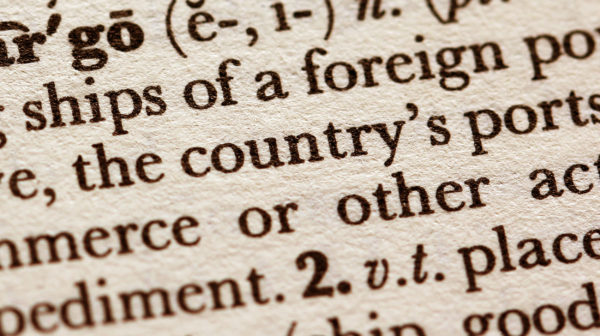Logo designers, take note: Don’t pick apples
On her website, indie singer-songwriter Stephanie Carlisi describes herself as “a poetess with a rock-and-roll soul” and goes by the stage name “Franki Pineapple.” Or did until Apple got wind of it and in 2020 and sued her for trademark infringement. Pineapples are not apples, the company allowed, but “both [are] the names of fruits and thus convey a similar impression.”
Apple does this sort of thing a lot. According to a recent New York Times article, the company has hit hard against cooking blogs, urgent care facilities, a nonprofit that works with autistic children, the Appleton, Wisconsin, school district and others for daring to incorporate images or even suggestions of apples—or pears, pineapples and oranges—in their names or logos. According to the Tech Transparency Project, Apple filed 215 trademark oppositions from 2019 to 2021. Amazon, Google, Microsoft, and Facebook filed a combined total of 136.
It’s hard to know how much further the company’s trademark attorneys will go. For as long as anyone can remember, “A is for Apple” has been a staple of coloring books, nursery songs, grade-school alphabet curricula, literacy education and teach-your-baby-to-read books. Will publishers be ordered to replace Apple with…Aardvark? Acupuncture? Agrarian Reform?
Brands, of course, can have inestimable value, and a company is within its rights—and is duty-bound to its shareholders—to protect its logos and trade names from copycats and poachers, as Apple itself learned in 1978. That year Apple Corps, the music company founded by the Beatles, sued the then-named Apple Computer on the grounds of trademark infringement. Apple Corps won its suit and several more against the computer giant over the next 25 years.
Also in the ‘70s, Nebraska Educational TV sued NBC for copying—if unknowingly—its logo, a stylized “N.” NBC couldn’t afford to back off—they had invested far too much in creating and implementing the mark. But NET held its ground and extracted a concession from the broadcast behemoth—an $800,000 package of high-end studio equipment plus a $55,000 allowance to cover the costs of designing and rolling out a new logo. Problem solved.
In another David-beats-Goliath case, McDonald’s lost exclusive rights to its “Big Mac” trademark in the EU in 2019 after challenging Supermac’s, a mid-sized Irish fast food chain offering its own “Mighty Mac.” The burger was named for Supermac’s founder, an ex-Gaelic footballer named Pat McDonough, who gleefully referred to his corporate nemesis as “McBully.”
To be sure, that sort of happy resolution is the exception, not the rule. In Ms. Carlisi’s case, she went to court and got Apple to relent, provided she acknowledge on her trademark application that Franki Pineapple was a made-up name. But most targets decide that the cost of taking on a corporate colossus, measured in dollars, time and ulcers, just isn’t worth it and fold their cards. If they pursue the case unsuccessfully, notes the Trademark Tech Project, “they lose whatever funds they invested in designing their logo and hiring a lawyer to deal with the trademark application.” Indeed, Ms. Carlisi’s effort cost her over $10,000 in court and legal fees.
The good news is that in some of these dust-ups, the Goliaths don’t win—and the outcome doesn’t necessarily stoke ill will on both sides. After publishing his novel, Broken Piano for President, Patrick Wensink received a lawyer letter from Jack Daniel’s, claiming that the cover of the book was overtly designed to mirror the company’s whiskey label. But the letter was polite, not threatening, embracing Wensink as “both a Louisville neighbor and a fan of the brand” and including an offer to underwrite the cost of redoing the cover.
Wensink, a lifelong Kentuckian, told NPR that anyone from his state considers Tennessee-made Jack Daniel’s a lesser drink than Kentucky bourbon. “But if anything’s changing my tune, it’s this,” he said. “Because it’s been an incredible week here, and it’s thanks to getting a cease-and-desist letter from Jack Daniel’s.”
In the days that followed, Jack Daniel’s got a ton of positive media coverage, a bump in sales and, in Wensink, a loyal new customer. In the end, isn’t that what smart branding is about?




